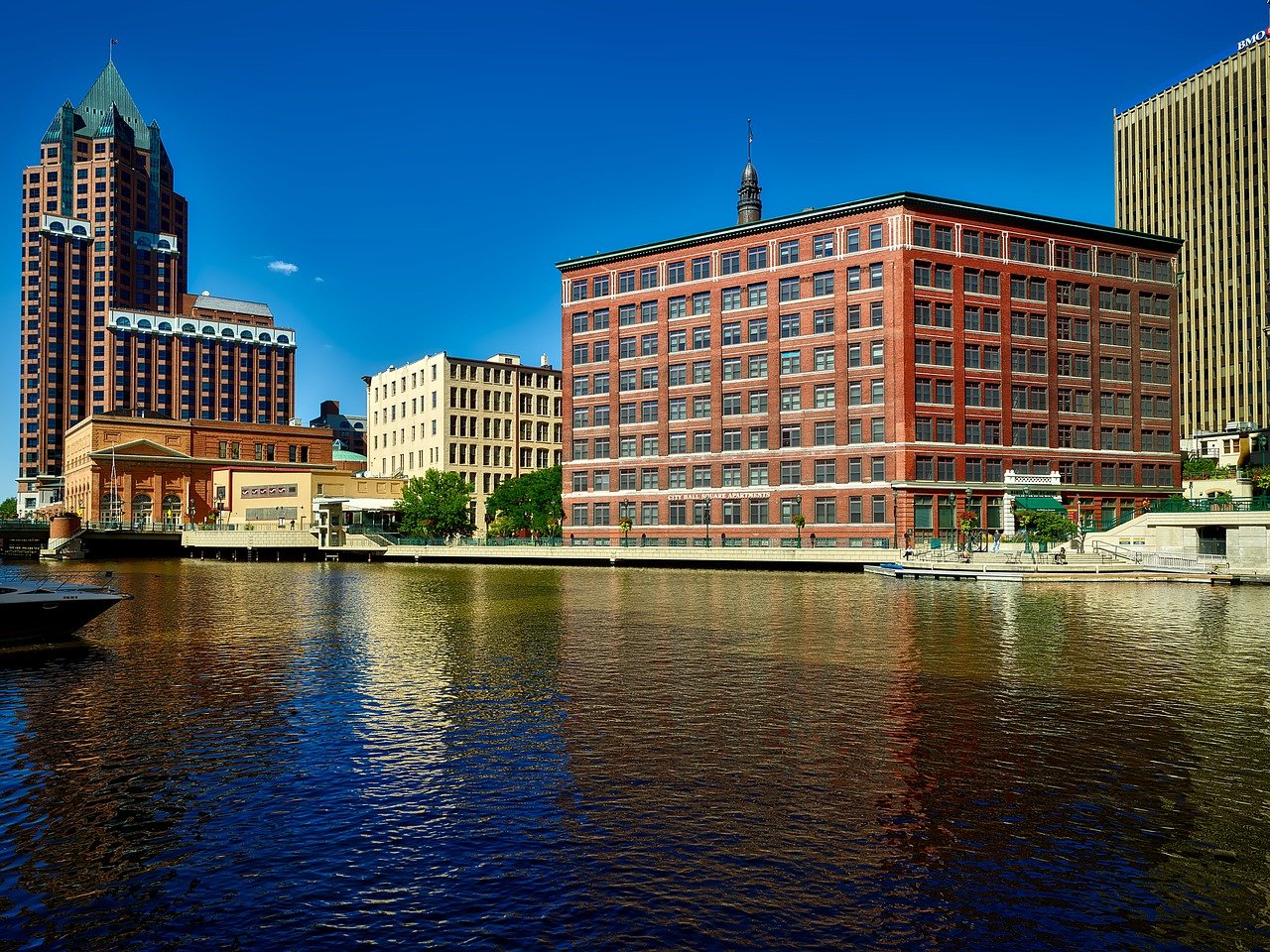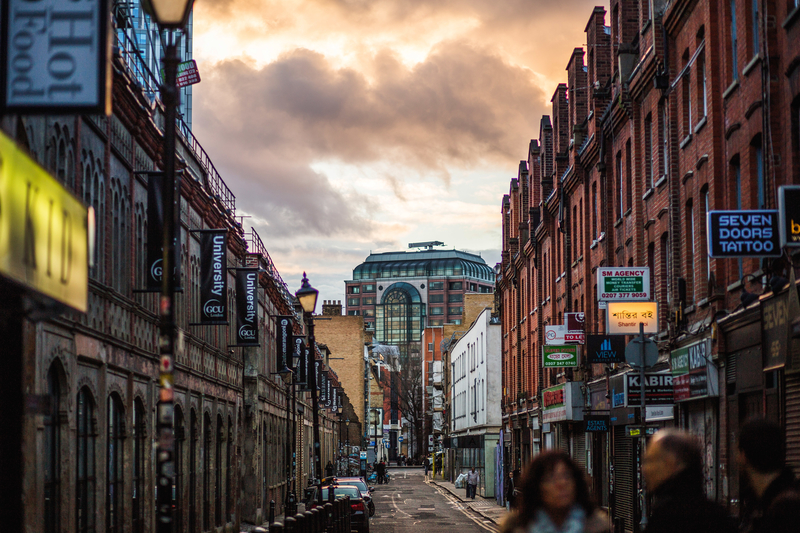The key claim of Thomas Piketty’s seminal book, Capital in the 21st Century, is that capital income is growing at the expense of labour, and further accumulation of capital will mean a rise in capital’s share of total income. This sets a rather worrying prediction for the 21st Century; if Piketty’s claims are true it would mean a return to 19th Century levels of inequality.
However, a fantastic 2014 paper from MIT’s Matthew Rognlie argues that this only applies to one commodity: housing. Piketty admits that diminishing returns in capital income would be problematic for his thesis. Therefore, by showing that across 7 major world capitals income has fallen in all sectors apart from housing, Rognlie has provided an alternative path to tackling the problem Piketty has pointed out.
It makes a lot of sense why this would be the case; in a hypothetical situation where no new housing would be built, one would expect all benefits of growth to be held by landowners. This is because as a city experiences rising productivity a lack of new housing will leave it unable to expand its workforce; housing constraints, therefore, work as a form of population capping on an area. Accordingly, where businesses gain an ability to increase their number of staff in a city with a constrained housing market, they will be unable to do so. Thus, the value of housing will increase as demand outstrips supply and the wealthy property owners become even wealthier.
From this, it follows that if we wish to avert the conditions that Piketty describes, we do not necessarily need to implement a 2% global wealth tax or an 80% income tax that he suggests; rather, we could tackle the issue by simply building more houses.
Focusing specifically on my home, London, we can see the impacts of these supply constraints. During the 2010’s the amount of time for the median household to save up a 20% deposit on a home has risen by 50% and rents for the very poorest in society now sit at 75% of weekly income. Not only does this bring economic costs, but also social costs: indeed, 79% of people with mental health problems have seen their symptoms worsen because of housing costs. This is a pressing issue that needs a solution.
The United Kingdom may have a housing crisis, but the worst of it is in London and the South East. Luckily much of the housing policy in London is devolved to the Mayor of London. This means they have the power to distribute where housing should be built, what kind of housing is built, and how the 1500+ acres of land owned by the Greater London Authority is used.
Next year, we will (hopefully) see an election deciding whether Sadiq Khan is to continue as the Mayor of London. Given the significant impact that housing shortages have on inequality and poverty in Britain’s capital, anyone concerned by these societal evils should be interested by the housing policies of the candidates.
In 2016 Sadiq Khan ran on the promise of delivering 50,000 new houses each year with a huge volume of them being affordable. However, Khan averaged just over 35,000; this is short of the 60,000 that the Centre for Cities argue we need. It is over 10,000 more per year on average than under his predecessor, Johnson, although the comparison might not be entirely fair with Boris having to contend with the 2008 financial crisis though also benefiting from a Labour national house building scheme.
The Mayor has the power through the London Plan to allow the densification that London so desperately needs but has failed to do so. The idea of densification is simple – allow more housing to be built per square mile, which often means taller buildings. The impact on densification could be immense – for example, if only 5% of London’s built-up area would be as densely built as its most dense area, Maida Vale, then the city could host additional 1.2 million residents.
Khan’s most worrying policy is his constant flirtation with rent controls, that is popular among the voters but which according to research only serves to further the inequality in housing markets. Khan has labelled the election a “referendum on rent controls” which could see him boost his vote share but decrease the number of available houses during his second term. It’s no wonder that Assar Lindbeck famously described the policy as “the best way to destroy a city, other than bombing”.
One positive aspect of Khan’s housing record is he has managed to obtain £4.8Bn from the central Government to build over 100,000 affordable houses by 2022.
The Conservative candidate Shaun Bailey’s approach is based upon setting up a consultative body within City Hall with the intention of identifying sites appropriate for development. Once identified they would be designated as ‘mayoral development corporations’ sitting above the Boroughs planning committees to facilitate growth in the areas. Two of these were set up under Boris Johnson’s tenure as Mayor of London, and have been quite, but not very, successful in supplying more homes and development to areas of the City that need it. However, one major concern with Shaun Bailey is the prevalence of NIMBYism within the campaign which casts doubt on his ability to get more houses built.
Finally, the new Liberal Democrat candidate Luisa Porritt. She has suggested potentially changing offices abandoned due to Covid-19 into Housing. From an urban planning point of view, this does make a lot of sense given integrating housing into city centres tends to lead them to developing more sustainable housing and office space. It also represents a necessary relaxation of what can be made into housing. One weakness of this approach is that it would be excellent as part of a larger package, but I’m doubtful of its ability to be a singular approach capable of addressing the housing shortage. Given Porritt was only nominated recently she hasn’t had the opportunity to lay out a substantive platform on housing, so there may be more to come. To address the crises of poverty and inequality in London, we must address the critical shortage of Housing. Addressing this would not just benefit London, but the rest of the UK. Indeed, the economic historian Nicholas Crafts estimates that sorting out the housing crisis would lead to an additional 2% annual economic growth.
It’s hard to find a single problem where the impact on growth is as massive relative to the simplicity of solving it. It therefore deserves a key role in political debate, that should go beyond a bidding contest of parties promising bold new housing goals, and should instead focus on the different means by which to achieve those goals.





